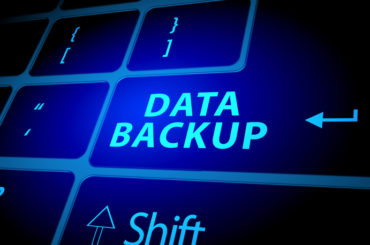We know that in 2019 you not only cannot afford data loss, you may lose your business if you do. Your company’s livelihood and reputation is at stake – not to mention productivity. When you’re down and out, looking to restore your environment and data, it is literally costing you. How much? IDC has determined that the average cost of downtime is $250,000 per hour.
Obviously to prevent data loss we’ve established the process of taking backups – most often store offsite – at regular intervals. In most cases daily and off hours – off hours backups impact performance. Your VMs may be slow and sluggish or worst case unusable – better to happen at 2 a.m. than 2 p.m. And, traditionally, if you try and make backups multiple times a day… or during the daytime, you’re playing with fire. This leaves us with the very real likelihood that if we ever need to restore data from backups (and you will), you could be losing a whole day’s worth of work and maybe even sales!
Additionally, today’s IT environment assigns several different VMs with distinct roles, creating complex application chains and making recovery a long endeavor. If you’re counting that’s 24 hours of data lost and several more hours trying to hit an RTO (recovery time objective). Successful recovery of those entire application chains depends on how consistent you can recover the individual VMs.
For a better way, Agility can change your environment to one that helps achieve business continuity while reducing both RTO and RPO (recovery point objective).
Agility can help your environment switch over from “point in time backup” and a continuous replication – every change is copied and backed up real-time, with zero performance impact on the production environment.
Continuous data replication (CDP) gives you the ability to recover data, applications within seconds – keeping your business running and making money.
Agility can also protect you from ransomware by enabling you to safely rewind your data back to any point in the past, even up to 30 days ago. Recover files, applications, VMs, or even entire data centers by simply pressing a virtual “rewind” button.







